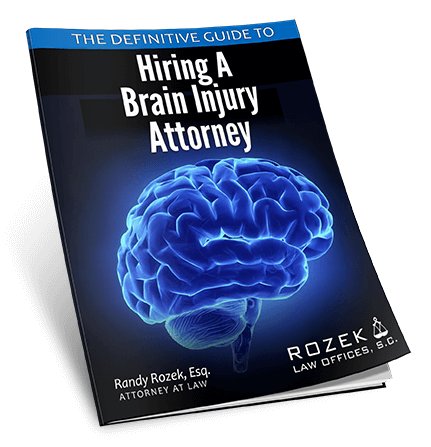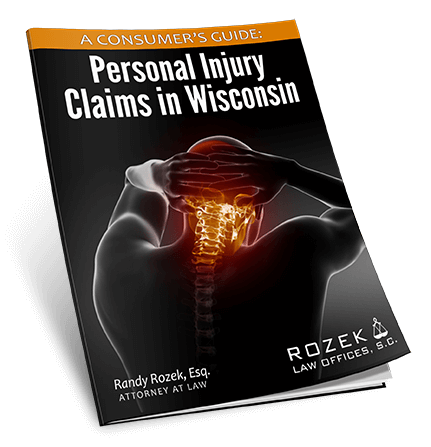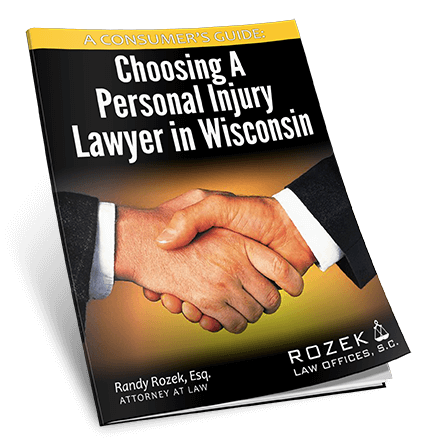Technology Allows the Blind to See Through the Tongue
Technology developed at the University of Wisconsin roughly two decades ago that allows the visually impaired to receive visual information through their tongue recently received FDA approval.
The technology, called the BrainPort V100 system, is now available for purchase, according to an article on Big Ten Network (BTN).
Read More: Traumatic Brain Injury Attorney in Wisconsin
While the BrainPort V100 is a new system, sold privately through Wicab, Inc., the technology was developed roughly two decades ago at Wisconsin’s Tactile Communication and Neurorehabilitation Laboratory (TCNL) in the university’s Department of Kinesiology. Kurt Kaczmarek, one of the lab’s three project directors, was part of the initial development of the technology in the ’90s.
“Kaczmarek describes the technology as ‘just pulses.’ He and his lab colleagues hope to discover if, when combined with physical therapy, this technology can improve the efficacy of the therapy for individuals with traumatic brain injury and other neurological disorders,” the article reads.
How it works: a video camera is positioned between the eyes and connected to a processor that feeds electrical pulses to a plate on the tongue. Sensory nerves pick up the stimuli and the brain interprets the incoming sensations, making a picture of the world.
“It spun out of a challenge that Paul Bach-y-Rita, who’s our lab founder, made to myself and one of my colleagues Mitchell Tyler … and what Paul proposed is that the tongue would be a good source to display information” Kaczmarek says in the article. “Paul reasoned that the brain has a big chunk of real estate devoted to processing information from the tongue, so there’s about as much brain that processes tongue information as processes information from the hands.”
Kaczmarek and his colleagues conducted their first experiment in 1998, but at the time their technology was designed for the fingertip. In 1999, Kaczmarek designed the first tongue display unit. Now more than 15 years later, Kaczmarek is pleased to see the technology make it to market, though he hasn’t worked with it directly for years.
“TCNL, which is directed by Kaczmarek, Mitchell Tyler and Yuri Danilov, has shifted the majority of its research energy toward the Portable Neuromodulation Stimulator (PoNS) , which also stimulates the tongue, but acts as a very different kind of rehabilitation tool from the BrainPort,” the article reads. “We’re trying not to get too caught up into the particular conditions. We’re looking at it from the point of view that, even in a damaged state, the brain is capable of recovering function — that’s where physical and occupational therapy come in — and how can we maximize or optimize that process, both through choice of therapy activity and combination with stimulation of the sensory nerve.”
In the future, Kaczmarek said in the article that he hopes the technology can one day be applied to enhancing brain function and not just restoring it.
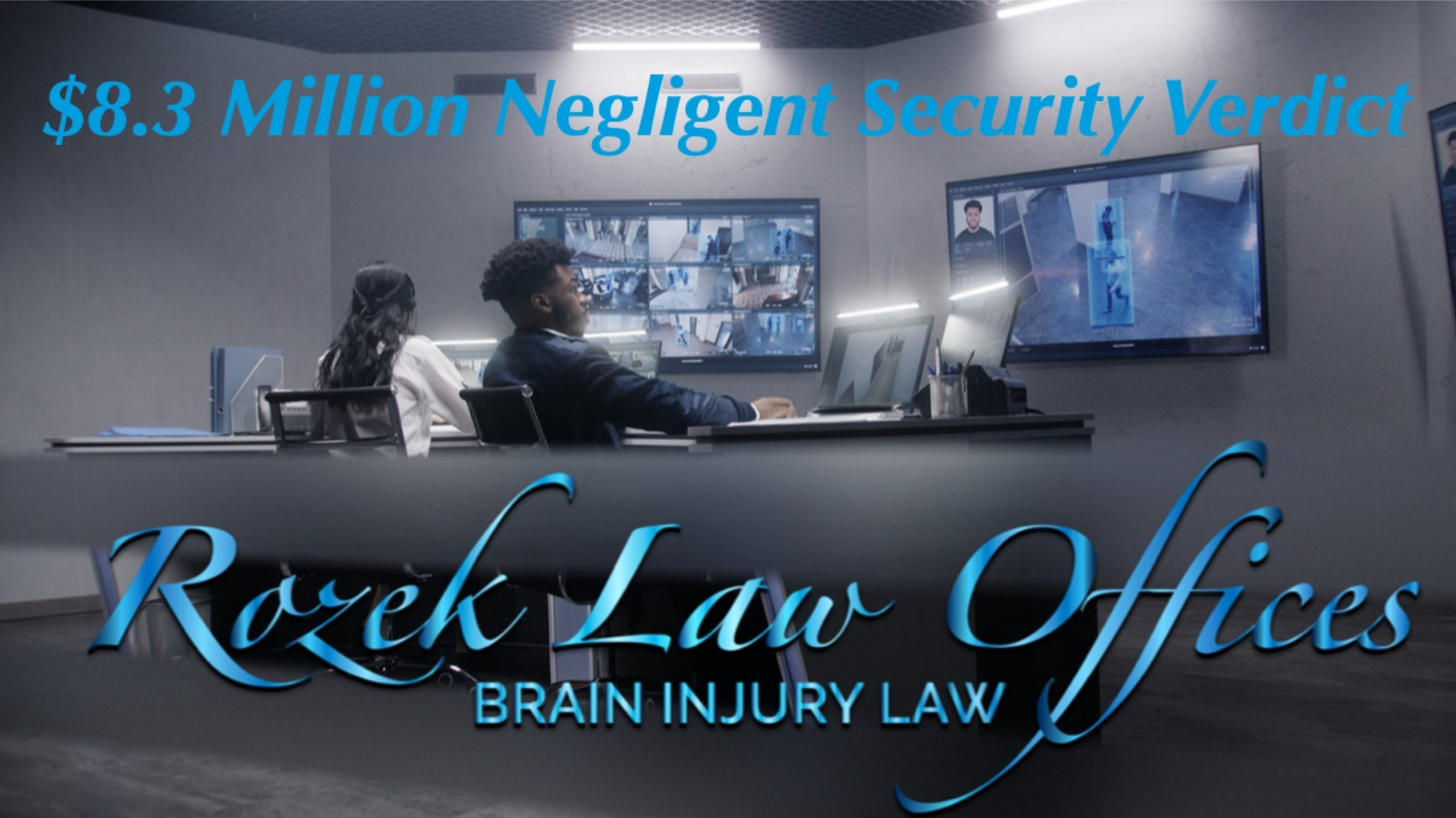
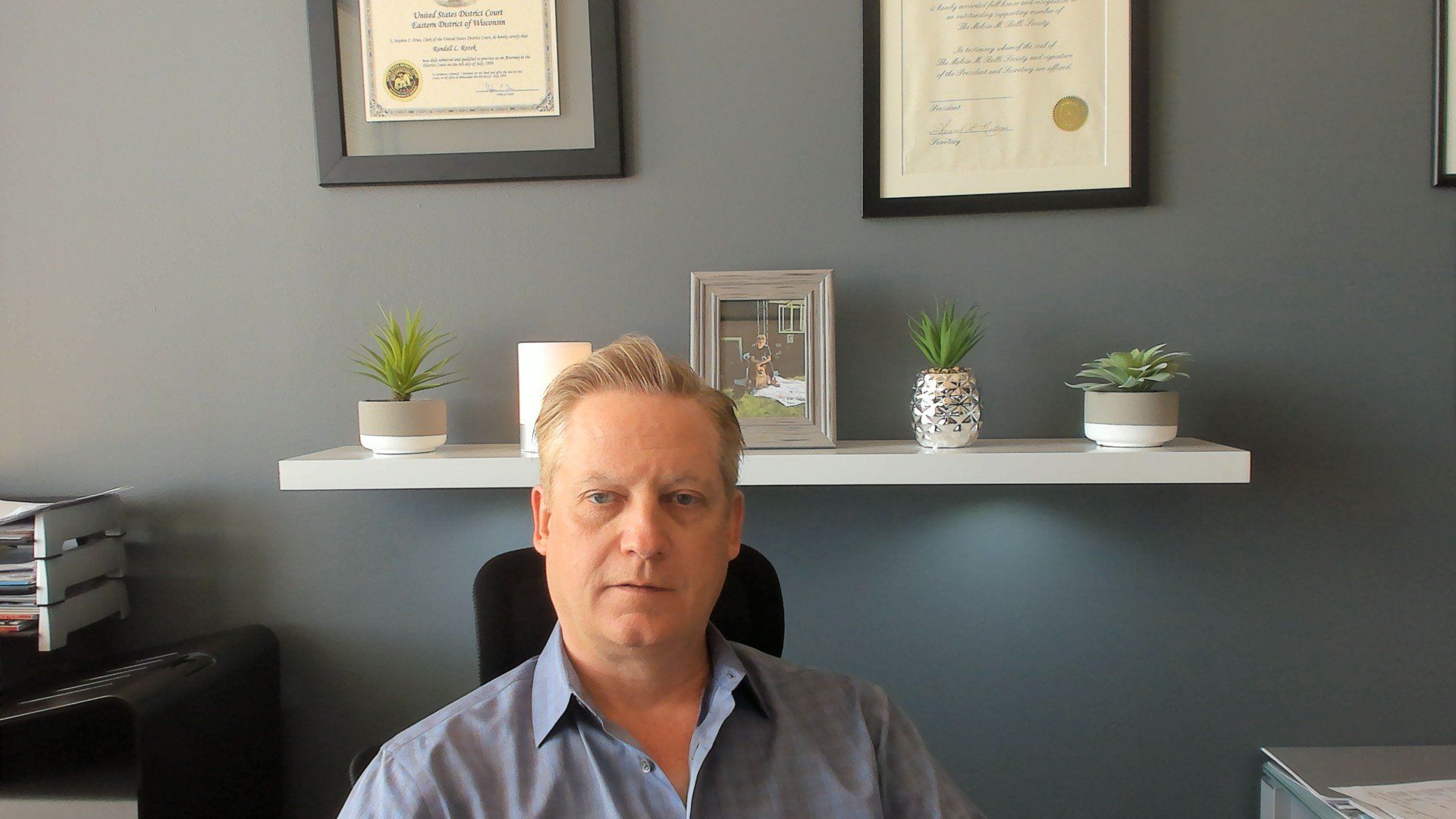


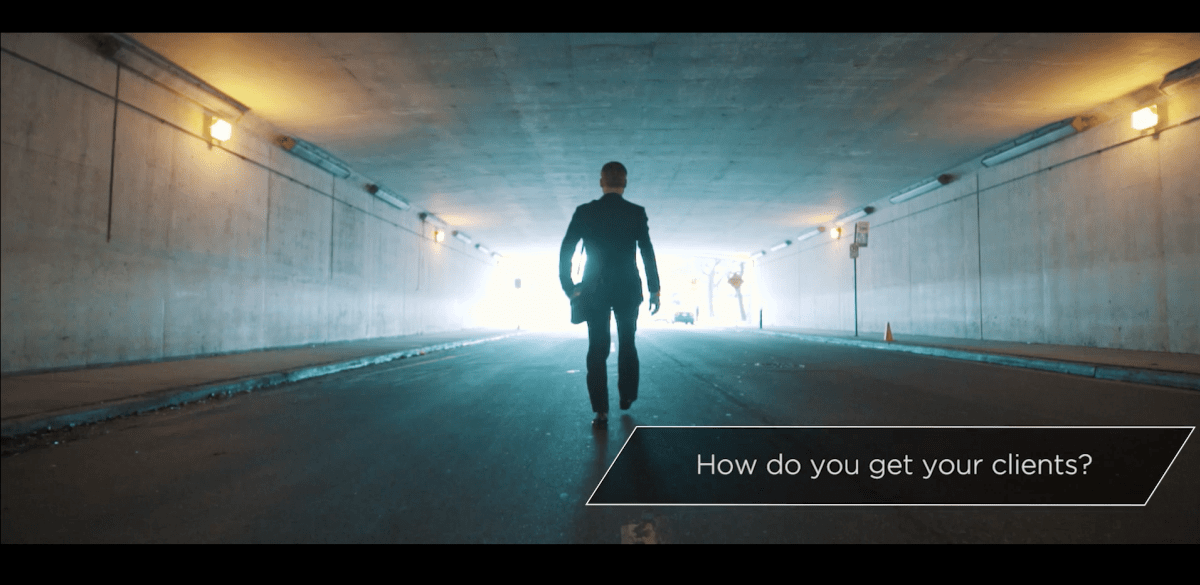

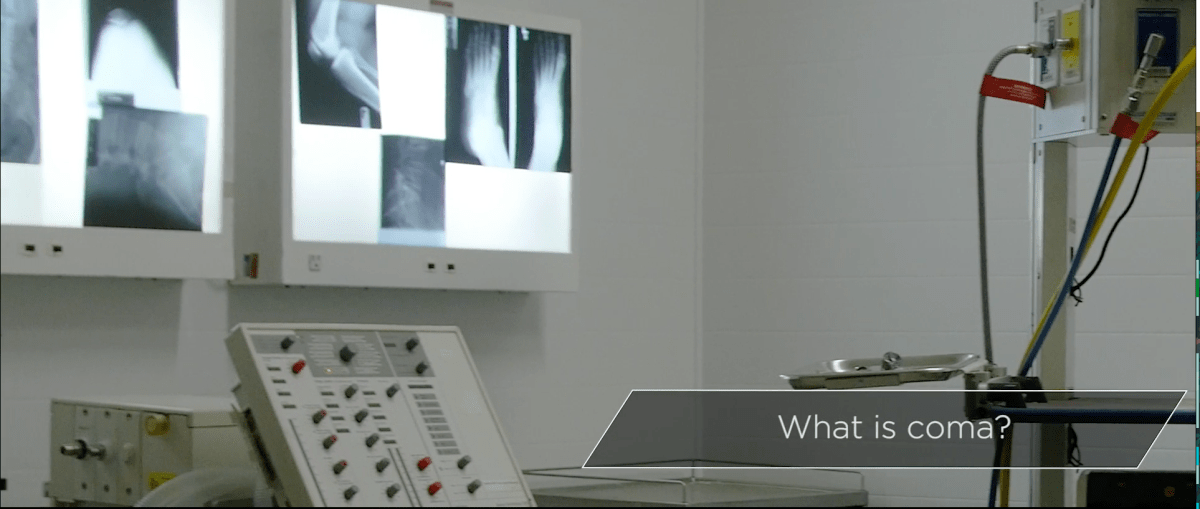


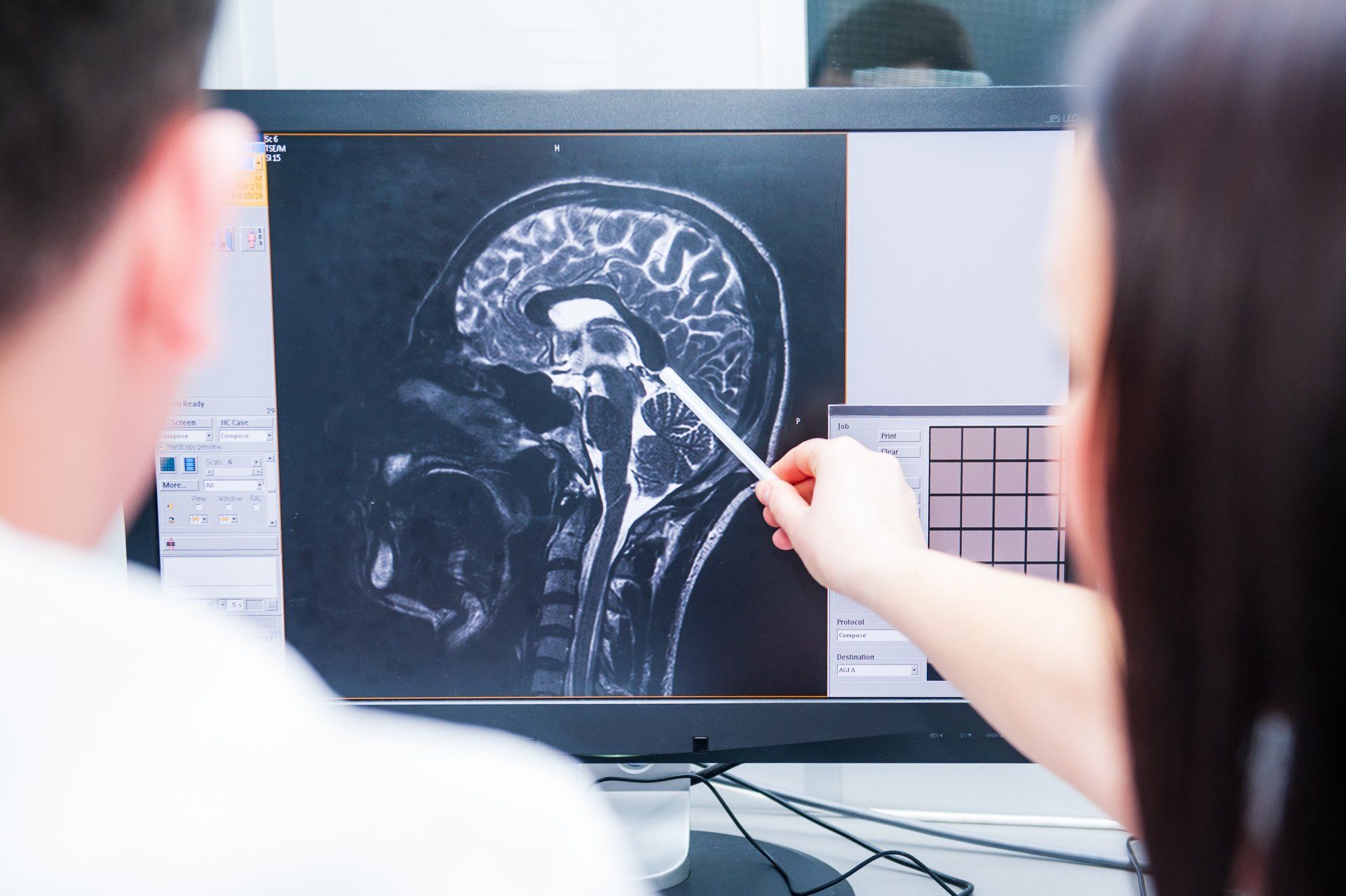
Request Your Free eBook
Our office has provided information regarding the different types of Wisconsin Personal Injury Accidents that we have experience handling.
Wisconsin Accidents
Wisconsin Personal Injuries
Ready to get started?
Call us at 414-374-4444
Main Office Location
Rozek Law Offices, SC
3970 N Oakland Ave Ste 604
Milwaukee, Wisconsin 53211
Additional Client Meeting Location
Rozek Law Offices - Madison
2810 Crossroads Dr Ste 4046
Madison, Wisconsin 53718
Recent Blog Posts






